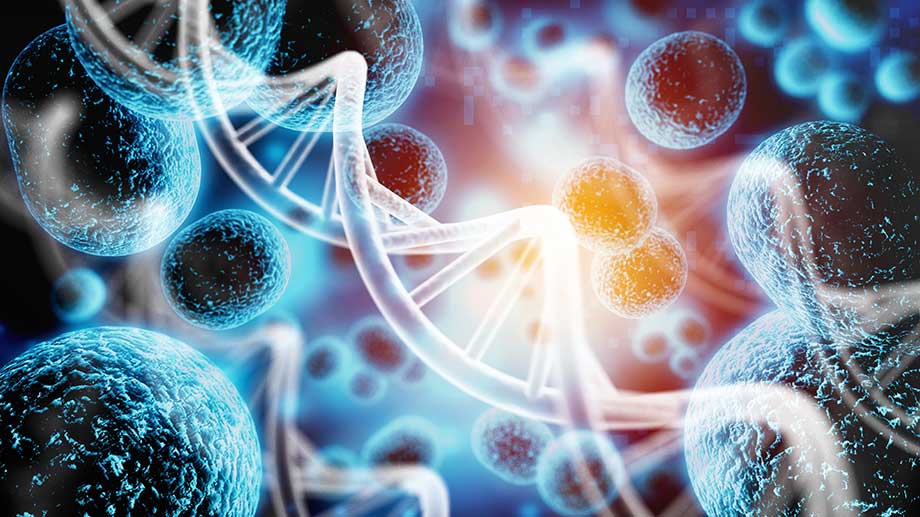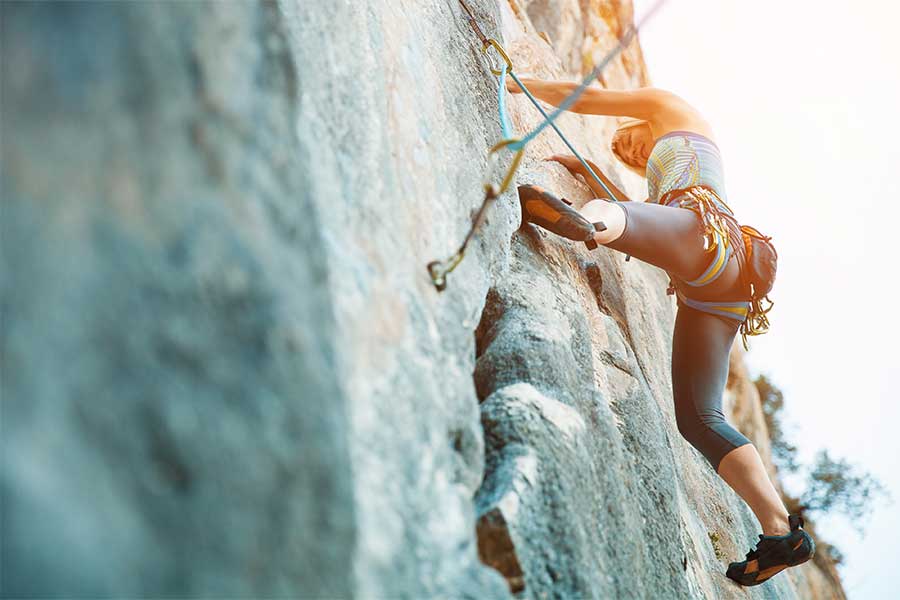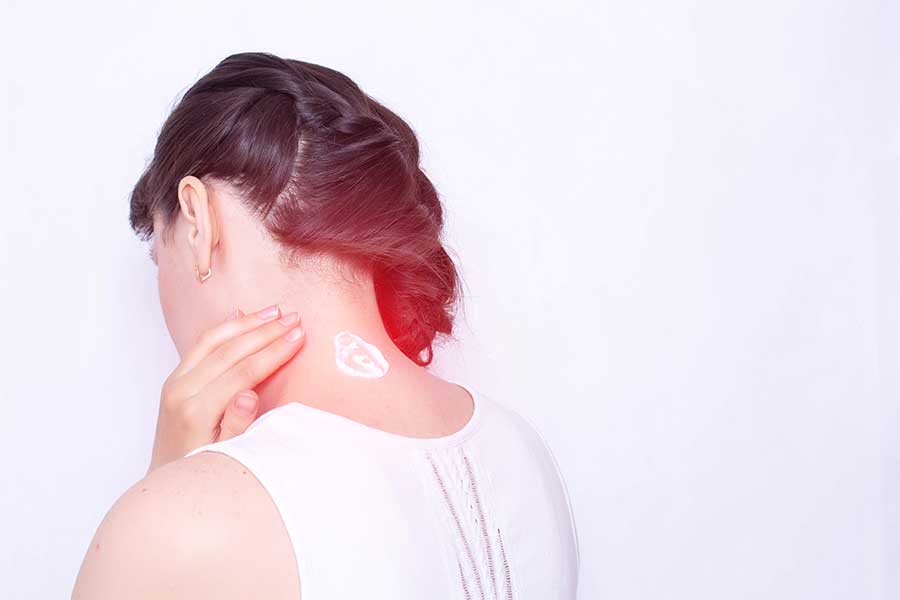Effect of low-level laser light on bone tissue healing in animals
In 2012, the animal Experimental Center of a famous medical university studied the effect of low-level laser on the healing of bone tissues around intraosseous implants
Laser has been widely used in clinical and dental treatment. Low lever laser has achieved good results in relieving pain, trauma, nerve injury and bone defect.However, at that time, there was no definite conclusion about the effect of low lever laser irradiation on the healing and bonding of peri-implant bone.
They used Beagle dogs with three implants placed on each side of the tibia, followed by local low-power laser irradiation for 1 week, 2 weeks, and no irradiation.After 12 weeks of experiments, non-decalcified histological sections with implants were made to observe the bone healing around implants, and to explore whether low-power laser irradiation could promote early bone healing and bone maturation around implants.The results showed that the healing of peri-implant bone tissue with low power laser irradiation was better than that without laser irradiation.
Peri-implant bone healing is a dynamic process of angiogenesis, bone formation and immune activation, which is similar to bone injury repair.Various cells, growth factors, and cytokines are involved in the whole process of bone integration, including inflammatory response, angiogenesis, osteogenesis, and finally bone remodeling.Campanha animal studies showed that low-power laser treatment increased implant removal torque, suggesting that low-power laser treatment increased implant osseointegration in cancellous bone.
The research results of Maluf AP, Maluf RP, Brito Cda R et al showed that the torque of implant removal after low-power laser irradiation was larger than that of the control group, indicating that the implant was closely bound to bone.Khadra M, R Nold HJ, Lyngstadaas SP et al observed the effect of LLLT on bone binding of rabbit tibial bone implants.The results of tensile test and energy laser scattering X-ray microanalysis confirm that LLLT exerts a significant bone-binding effect on titanium implants,It is suggested that this method may shorten the healing process of the implant,presumably, this is done by accelerating bone healing.
Some scholars have found that he-Ne laser irradiation with wavelength of 632.8 nm and intensity of 5 J/cm2 can induce active proliferation of bone marrow cells.Pires Oliveira DA, de Oliveira RF, Zangaro RA, et al.also showed that the low power laser at the intensity of 4 J/cm2 promoted collagen deposition and myofibroblast proliferation, especially at 3 days after irradiation, collagen and elastic fiber growth were significantly increased compared with the control group.
In conclusion, low-power he-Ne laser irradiation on the corresponding surface of the implant can not only effectively promote the early bone healing around the implant, but also promote the reconstruction and maturity of bone tissue. Moreover, the bone binding rate of the implant at the early stage can meet the clinical requirements and increase the early stability.
Smart handheld laser device PowerCure uses 12 PCS 650 nm wavelength laser +1 PCS 808 nm wavelength laser.The laser irradiates the painful spot to improve blood circulation and stimulate cellular activity to keep the body in an active state.
The 650 nm weak laser penetrates the skin to 2~3cm to relieve superficial pain and promote wound healing.
The 808 nm laser penetrates the skin to a depth of 5~6cm to treat arthritis and shoulder pain.










